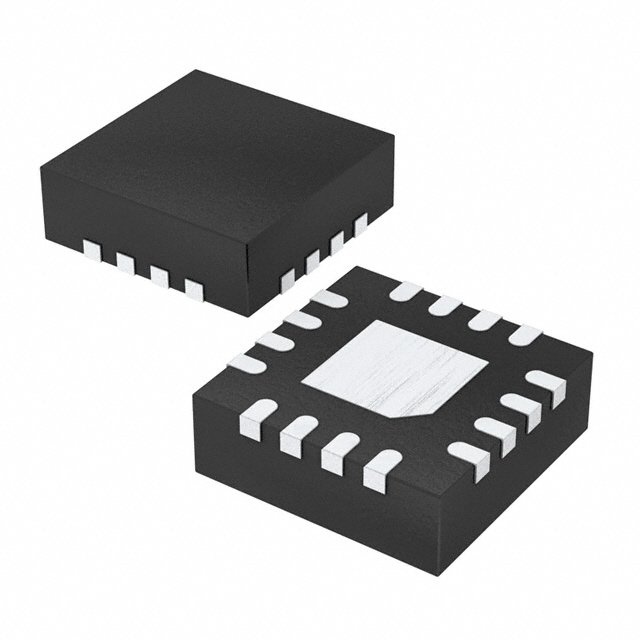In Stock : 0
Please send RFQ , we will respond immediately.









NB7L216MNR2G Specifications
-
TypeParameter
-
Supplier Device Package16-QFN (3x3)
-
Package / Case16-VFQFN Exposed Pad
-
Mounting TypeSurface Mount
-
Operating Temperature-40°C ~ 85°C
-
Number of Bits-
-
Supply Voltage2.375V ~ 3.465V
-
Logic TypeDifferential Receiver/Driver
-
PackagingTape & Reel (TR)
-
PackagingTape & Reel (TR)
-
Product StatusObsolete
-
Series-
The SN74AXC1T45DRLR is a single-bit dual-supply bus transceiver with configurable voltage translation and 3-state outputs. Some of the advantages and application scenarios of this integrated circuit chip are as follows:Advantages: 1. Voltage Translation: The chip allows bidirectional level shifting between two voltage domains, making it suitable for interfacing between devices operating at different voltage levels. 2. Configurability: The voltage translation direction can be controlled using the OE (Output Enable) pin, allowing flexibility in the design. 3. Low Power Consumption: The chip is designed to operate with low power consumption, making it suitable for battery-powered applications. 4. Small Package Size: The chip is available in a small package, enabling space-efficient designs.Application Scenarios: 1. Mixed Voltage Systems: The SN74AXC1T45DRLR can be used in systems where different components or subsystems operate at different voltage levels. It facilitates communication and data transfer between these voltage domains. 2. Battery-Powered Devices: Due to its low power consumption, the chip is suitable for use in portable and battery-powered devices, such as smartphones, tablets, and wearables. 3. I2C and SPI Interfaces: The chip can be used to interface devices operating at different voltage levels with I2C or SPI communication protocols. 4. Level Shifting in Sensor Networks: In sensor networks, where sensors may operate at different voltage levels, the chip can be used to enable communication between these sensors and a central processing unit. 5. Industrial Automation: The chip can be utilized in industrial automation systems where different modules or subsystems operate at different voltage levels, ensuring seamless communication between them.It is important to note that the specific advantages and application scenarios may vary depending on the requirements and design considerations of a particular project.
NB7L216MNR2G Relevant information
-
M38510/34201BEA
Texas Instruments -
SNJ54ABT18245AWD
Texas Instruments -
SNJ54LS181J
Texas Instruments -
M38510/34201BFA
Texas Instruments -
M38510/34201B2A
Texas Instruments -
SN54F283J
Texas Instruments -
SNJ54ABT18502HV
Texas Instruments -
SNJ54ABT8543FK
Texas Instruments -
M38510/07801BJA
Texas Instruments -
SNJ54BCT8245AJT
Texas Instruments
















